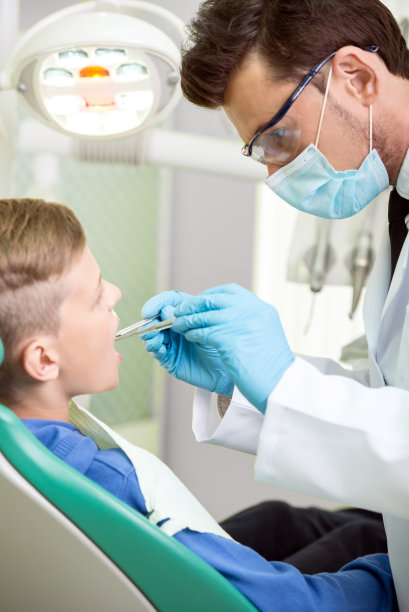The Importance of Proper Technique and Aftercare When Extracting a Tooth for Optimal Recovery and Health
Summary: Tooth extraction is a common dental procedure, and ensuring optimal recovery requires precise techniques and proper aftercare. This article emphasizes the significance of skilled dental practitioners in performing the extraction process to minimize complications. It also discusses the importance of following aftercare instructions to promote healing and prevent infections. By addressing these crucial aspects, we can enhance patient comfort and safety, paving the way for a quicker recovery. Understanding the various components of the extraction process and post-operative care is essential for achieving the best outcomes and maintaining overall dental health.
1. The Role of Skilled Techniques in Tooth Extraction

The success of a tooth extraction largely depends on the techniques employed by the dental professional. First and foremost, the dentist must conduct a thorough assessment of the patients oral condition, including X-rays, to determine the complexity of the extraction. This initial analysis helps in devising a proper strategy that takes into account the tooths position and the surrounding structures.
Secondly, using the right instruments is crucial. A skilled dentist will be familiar with various extraction tools and their appropriate applications, ensuring that they minimize tissue damage during the procedure. This precision not only reduces pain but also shortens recovery time.
Lastly, the extraction procedure must be conducted in a sterile environment to prevent infections. Maintaining hygiene standards during and after the extraction is vital for overall patient safety and health. The dentists expertise and adherence to protocols can vastly influence the outcome of the procedure.
2. Understanding Post-Operative Instructions
After a tooth extraction, patients must adhere strictly to the post-operative instructions provided by their dentist. This guidance typically includes resting for the first 24 hours, avoiding strenuous activities, and keeping the head elevated to minimize swelling. Following these recommendations is essential to allow the body to initiate the healing process.
Moreover, dietary restrictions play a critical role in recovery. Patients are usually advised to consume soft foods and to avoid hot or spicy items that could irritate the extraction site. These recommendations assist in mitigating discomfort and facilitate easier consumption of food during recovery.
Equally important is the instruction to avoid tobacco products and alcohol as they can impede healing and increase the risk of complications. Educating patients about the importance of these restrictions emphasizes the role of responsible recovery practices in achieving optimal health outcomes.
3. Managing Pain and Swelling Effectively
Post-extraction pain and swelling are common, but effective management can significantly improve patient comfort. Dentists often prescribe pain relief medications and suggest over-the-counter options that help alleviate discomfort. Its essential for patients to follow the prescribed dosage and timing to ensure optimal relief.
Cold compresses applied to the cheek can also help reduce swelling and numb pain. Patients should be instructed to apply these compresses intermittently for the best results. This simple technique can greatly enhance comfort levels during the crucial first days of recovery.
Lastly, if pain persists or increases after a few days, it could indicate complications such as dry socket. Understanding how to identify such problems empowers patients to seek timely attention and avoid further health issues.
4. The Importance of Follow-Up Appointments
Follow-up appointments with the dentist are crucial for monitoring the healing process post-extraction. These visits allow the dentist to assess how well the extraction site is healing and to address any complications, such as infections or inflammation. Regular check-ups can ensure that the recovery trajectory is on track.
Additionally, follow-up appointments provide an opportunity for dentists to reinforce aftercare instructions, which may evolve based on the healing progress. They can also be a platform for discussing any concerns that the patient may have regarding their recovery.
Ultimately, the success of a tooth extraction is not solely measured by the procedure alone but also by the ongoing care patients receive afterward. Regular monitoring helps in achieving long-term dental health.
Summary:
The importance of proper technique and aftercare following a tooth extraction cannot be overstated. Both aspects play a vital role in ensuring a smooth recovery and maintaining overall oral health. Skilled dental practitioners and patient adherence to follow-up care significantly influence the healing process. By understanding and implementing these critical components, patients can minimize complications and foster a healthier mouth.
This article is compiled by Vickong Dental and the content is for reference only


